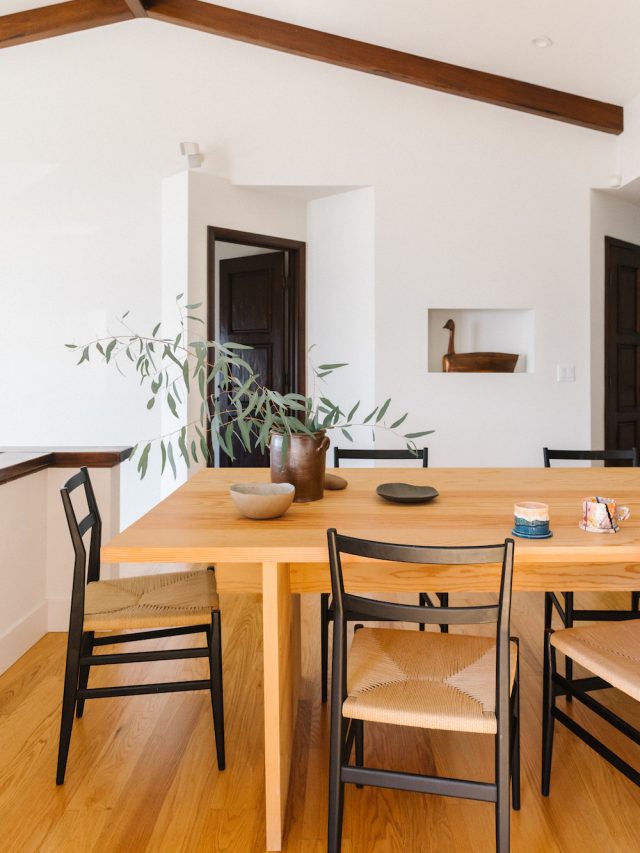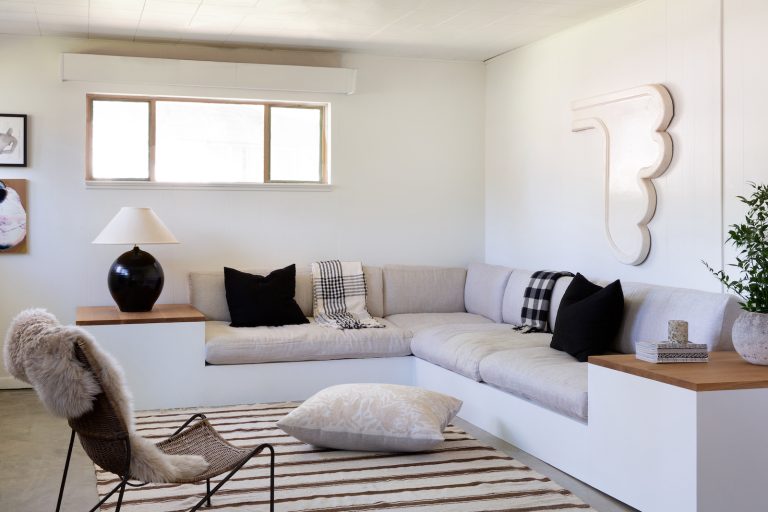If Instagram is to be believed, this is what your home should look like. Curved furniture, dusty blue walls, two accent chairs, and plush blankets. This aesthetic may or may not speak to you, but its familiar presence on the grid of interior designers these days has almost permeated your consciousness. Of all interior design styles, this seems to be the look to pursue.
Refreshing news for the businessmen, bohemians, and coastal vacation lovers among us. Today's design rules are limitless, non-dual, and all-encompassing. No matter what IG says, it's all about mixing it up. In short, anything goes these days. The key is to lean into what makes you happy.
Featured image of Anne Edgerton's minimalist living room by Molly Culver.
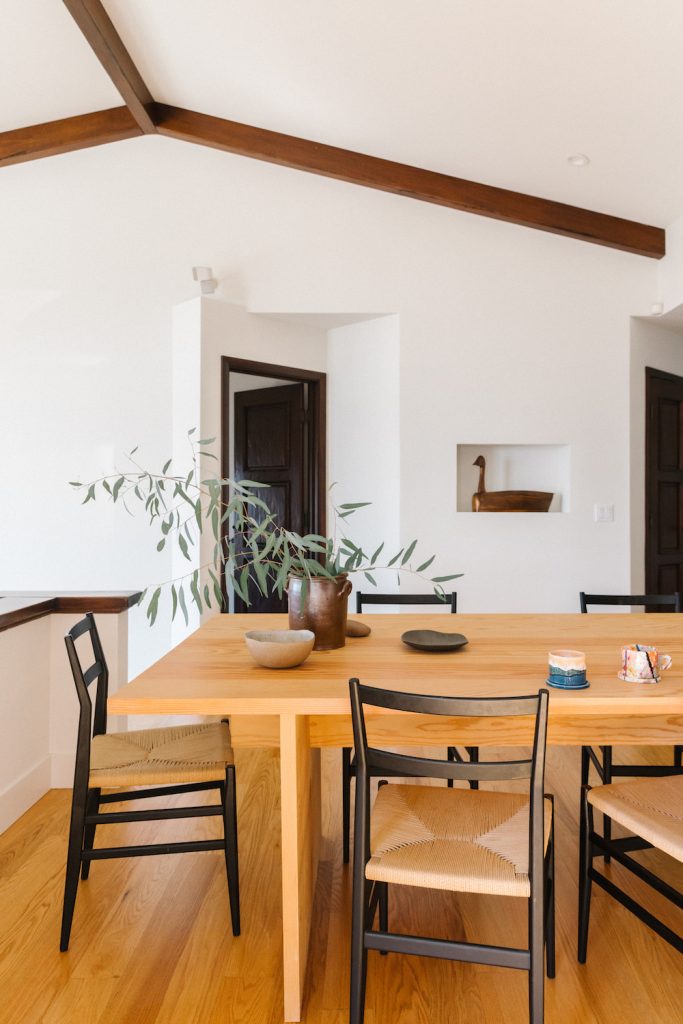 Image of Major Enrique's House by Julie Pointer Adams
Image of Major Enrique's House by Julie Pointer Adams
A guide to the most popular interior design styles
Of course, some guidance is always helpful. So, to expand your design vocabulary and prove that there are many different styles in your room, here's what you need to know about the top interior design styles and how to draw from each style.
Whether you love curves and dusty blue walls or want to paint everything a jewel color, let this be your design guide to creating a home that's completely unique to you.
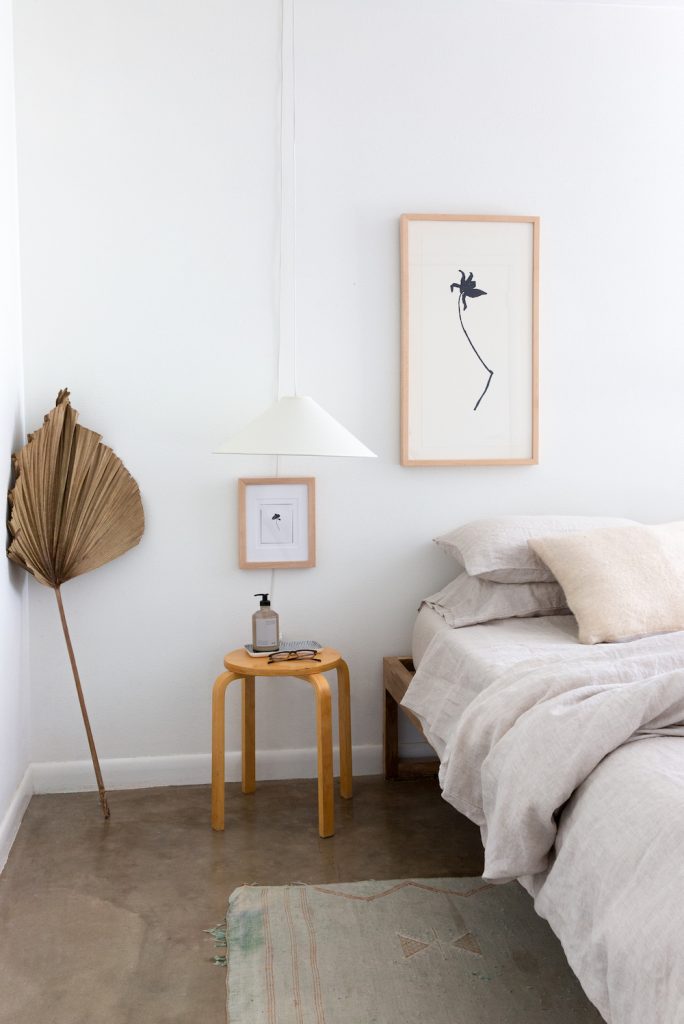 Anne Edgerton's minimalist bedroom image by Molly Culver
Anne Edgerton's minimalist bedroom image by Molly Culver
#1: Minimalist
Some call this ascetic, others bland. Many see this approach as a study of stillness and stillness. However you choose to describe this interior design style, one thing is for sure. That said, minimalism has great staying power. Simply put, minimalist interiors eliminate all extraneous decorations and additional furniture in order to respect the essentials. Designers who focus on minimalist decor emphasize functionality, breathing space, and negative space. Everything has a purpose, whether it's to provide comfort or beauty. The result is harmony and peace.
The main characteristics of minimalist design are:
Sparse furniture that serves several functions Little additions Uncluttered negative space Neutral colors or black and white with uniform tones
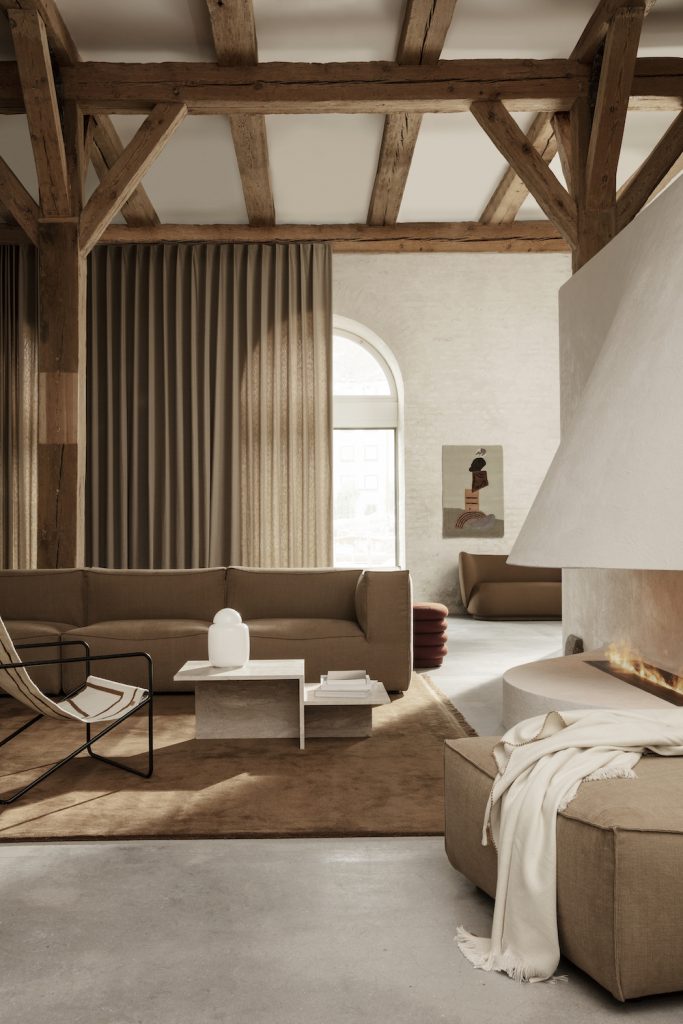 Image provided by: ferm LIVING
Image provided by: ferm LIVING
#2: Japandi
A fusion of Japanese and Scandinavian design, Japandi brings together two cultural aesthetics that share a love of nature and simplicity. Designers use natural colors and organic materials like wood, linen, and paper to bring this look to life. Overall, the aesthetic exudes an understated and simple vibe. Laila Rietbergen, author of Japandi Living, describes this calm design style as “less is more.''
The main features of the Japandi design are:
Understated and quiet simplicity Rich wood in different tones Use of multiple textures and tones Organic shapes
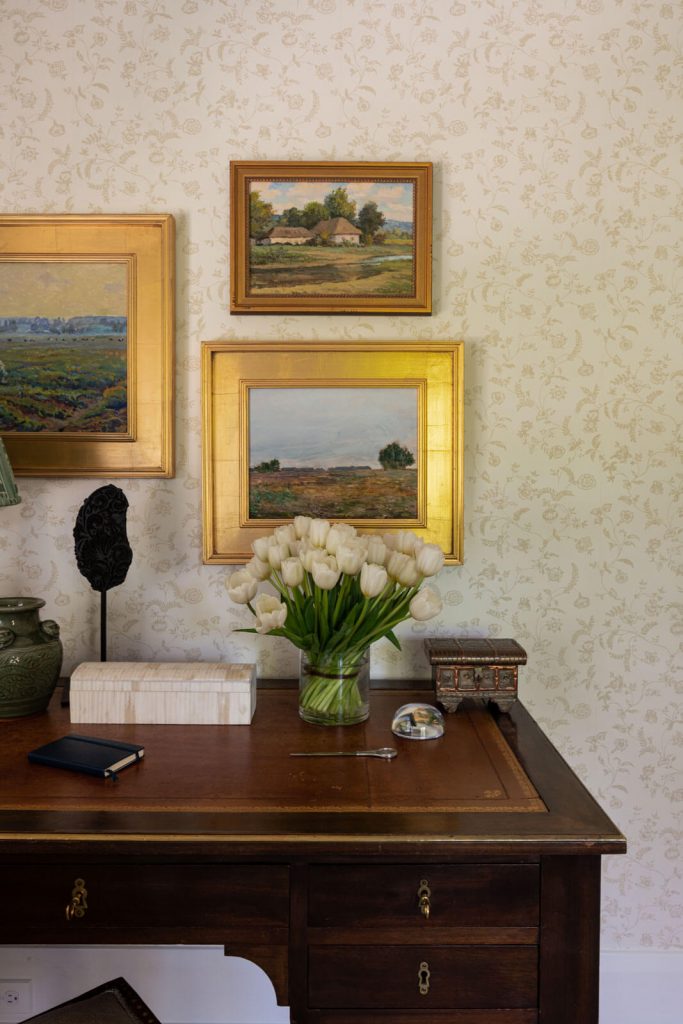 Image courtesy of Hayley English Interiors
Image courtesy of Hayley English Interiors
#3: Traditional
As the name suggests, traditional interior design draws from tradition and history. His late 18th-early 19th-century traditional roots stem from classic European decor often seen in period dramas and antique shops. This includes richly detailed mahogany wood furniture, patinated brass, period glass and ceramic decorations, and ornate artwork. Comfort is key in traditional designs adorned with vibrant patterns and colors.
The main features of traditional design are:
Antique furniture fairly reflective of French and English homes, timeless decor reminiscent of centuries of decorative colors and botanical prints
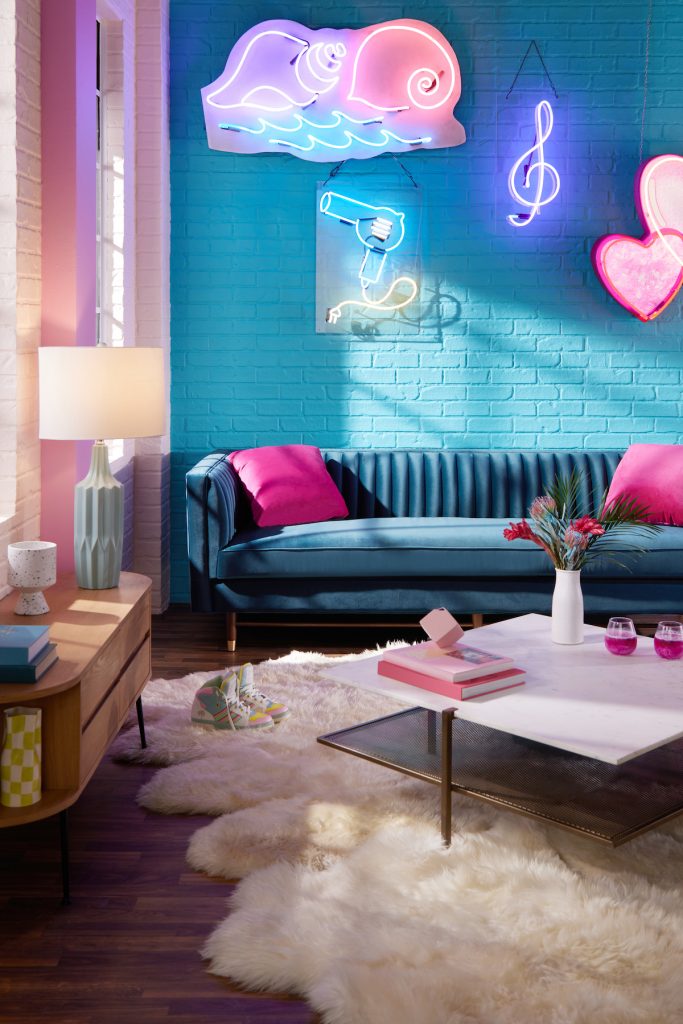 Joybird's Barbie-inspired collection
Joybird's Barbie-inspired collection
#4: Barbie Core
No other interior design style embraces pink in all its glory like Barbiecore. This aesthetic, which looks like Barbie herself has been transformed into a living room, has taken over people's social media feeds since the release of Greta Gerwig's Barbie movie. But not everything is pink. This design style blends jewel tones, bold graphic prints, and complete creativity. Gifty Walker, Joybird's merchandising director, said Barbie Core “reminds us to continue expressing our unique style, no matter our age.”
The main attributes of Barbiecore style are:
Gold accents, contrasting colors like pink, blue, and yellow, curves, and gorgeous materials like marble.
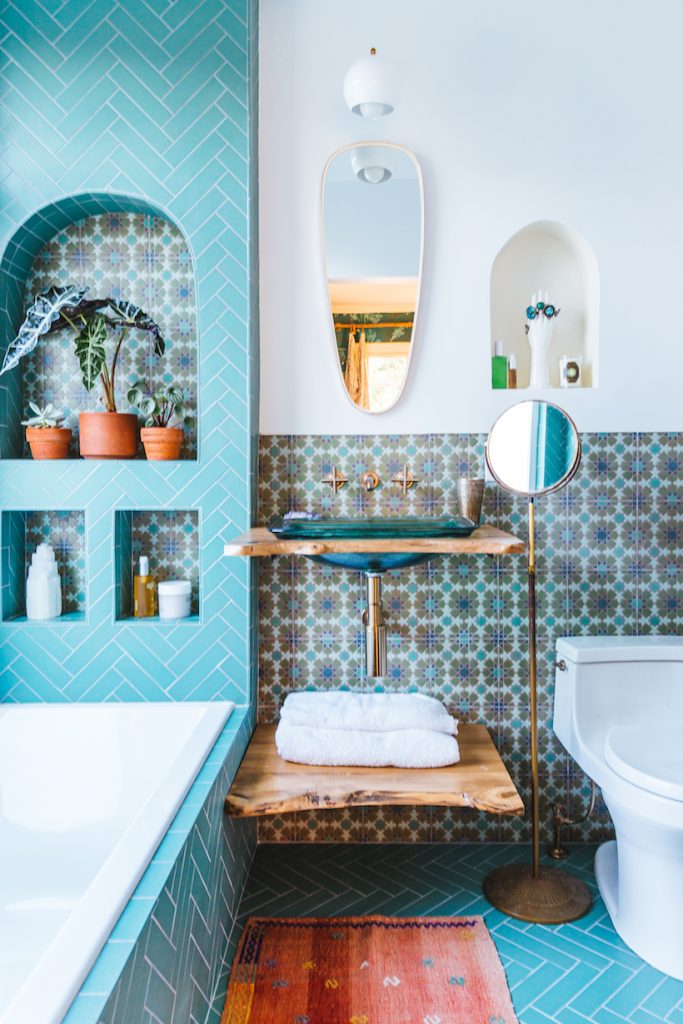 Justina Blakeney bathroom images
Justina Blakeney bathroom images
#5: Bohemian modern
During the 18th and 19th centuries, the streets of Paris and London began to see a wave of iconoclastic fashion. Rebellious creatives embraced bright colors and lots of layers. This appearance eventually became known as Bohemians, referring to a group of people from Bohemia, an eclectic region of the former Czechoslovakia. Today, the bohemian aesthetic embraces an expressive look with bright colors and no rules. It's all about mixing flea market finds with rich colors and rich textures. The “modern” in Bohemian Modern refers to design decisions that respect today's lifestyles, such as updated cabinetry and sophisticated tile.
The main characteristics of bohemian modern design are:
Bright color combinations, especially turquoise, gold, fuchsia, red, vintage and antique global textiles, patina metals and organic materials
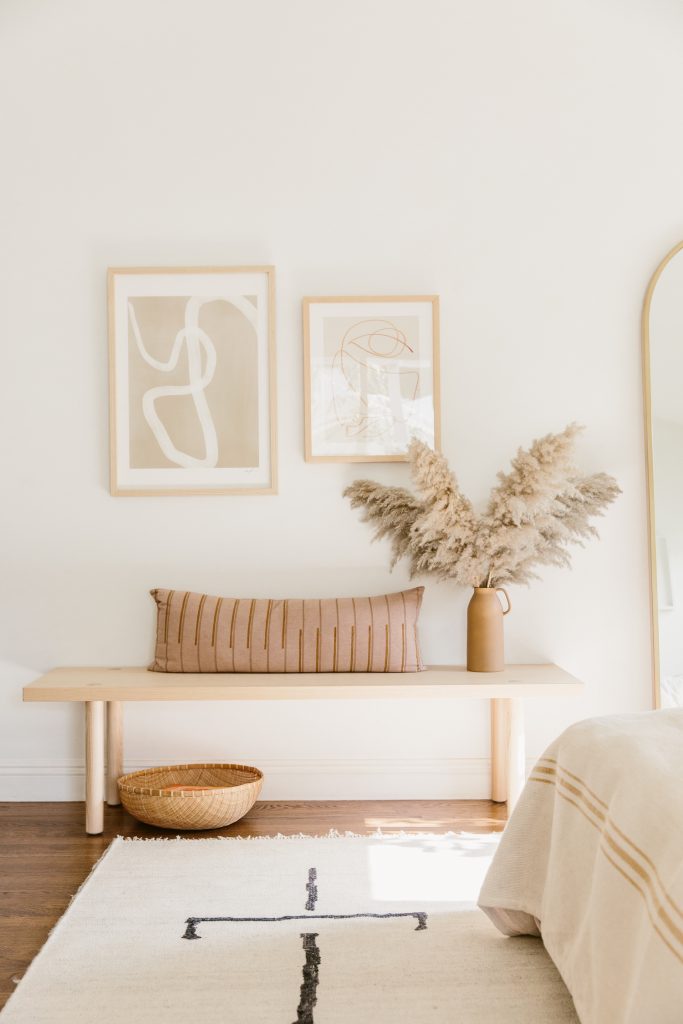 Image of Molly Maphis home by Nikki Sebastian
Image of Molly Maphis home by Nikki Sebastian
#6: Scandinavia
When you step into a Swedish, Finnish, Norwegian or Danish home, you will immediately feel at ease. The Scandinavian region is known for its delicate and comfortable approach to interior design. Much like minimalism, everything has a purpose in Scandinavian homes, but with less restraint and more eclecticism. Natural colors and elements predominate, as do gentle edges, bright whites, and the iconic tapered sofa and table legs. The exterior combines practicality, beauty, and warmth.
The main features of Scandinavian design are:
Soft edges Light wood and natural materials Thin tapered furniture legs Textured throws made of thick wool and soft cotton Neutral greys, beiges and creams
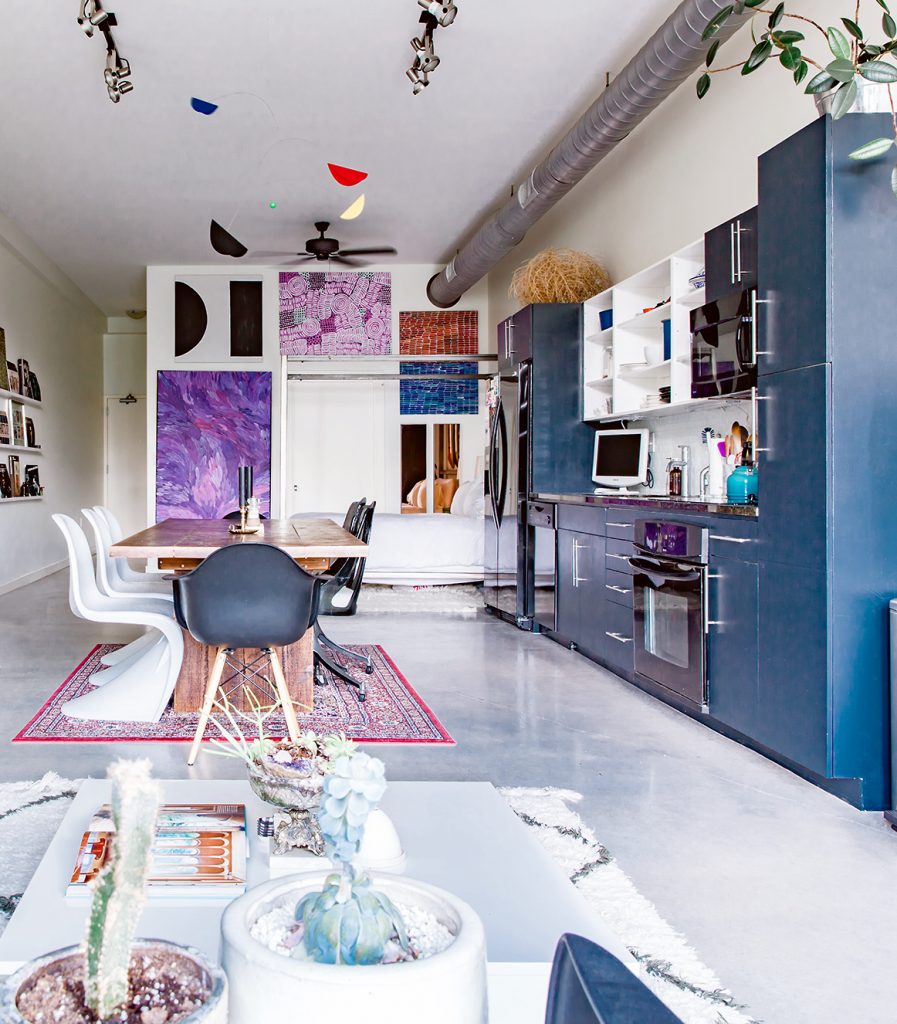 Images of Christina Cleveland's loft
Images of Christina Cleveland's loft
#7: Industrial
The industrial design matches the nature of the building. The best way to explain this is to use the example of an old factory building in the meatpacking district of Manhattan. When designers converted these hardworking buildings into lofthouses, they paid homage to the steel pipes and concrete walls by leaving them exposed. A lot of industrial decor respects metal, brick, and concrete. High ceilings, large, comfortable sofas, and grand art often soften hard edges and masculine tones. This is a mismatch in the parts that make everything work.
The main attributes of industrial design are:
Exposed steel, brick and concrete hard edges Large sofa and table Metal accents and lighting Weathered furniture
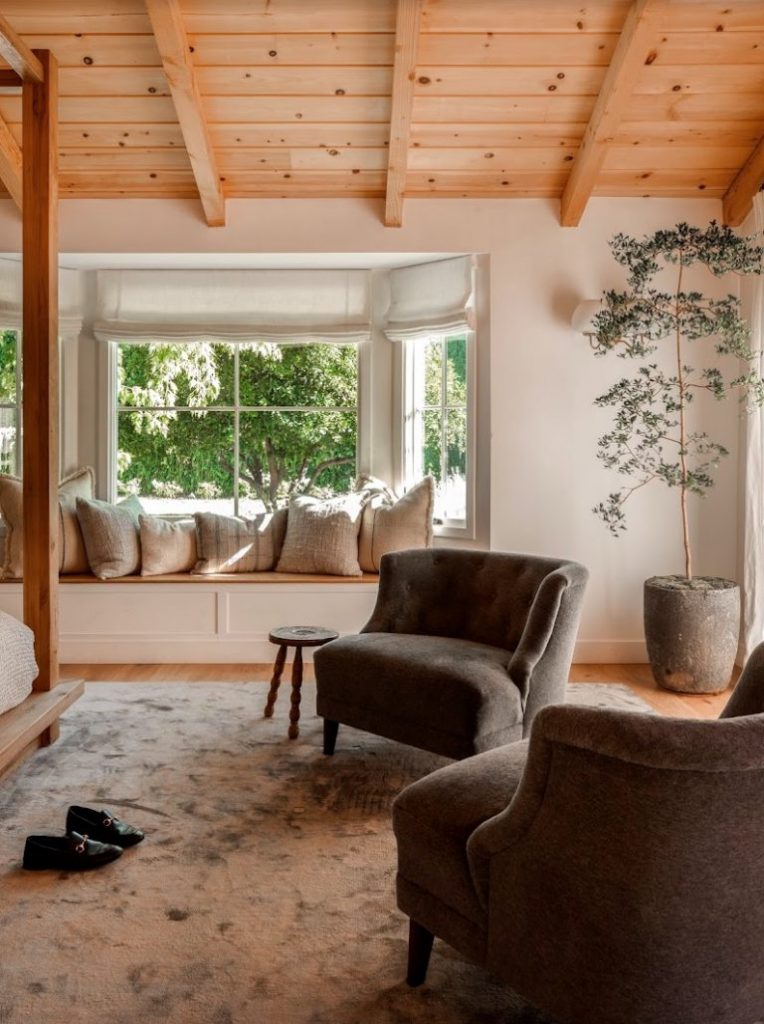 Image of Sarah Solis' home by Shade Degges
Image of Sarah Solis' home by Shade Degges
#8: California Rustic
California's rustic aesthetic draws from the airy, breezy vibe of the West Coast and fuses it with the rustic feel of a rural farmhouse. A rustic California vibe with a modern touch. The finished look is calm, easy, and bright, with an emphasis on earthy colors and natural wood. Many people often confuse this look with minimalism or Scandinavia, and that's no wonder. All three design styles share an affinity with the less is more approach. Additionally, the Spanish colonial period has had a huge influence on Californian architecture, so many designers incorporate Spanish elements into their designs.
The main characteristics of California rustic design are:
Exposed high beams Lots of rough wood Large windows that let in natural light Neutral beiges and light earthy greens Indoor plants Simple antique and modern furniture Natural materials like jute and linen
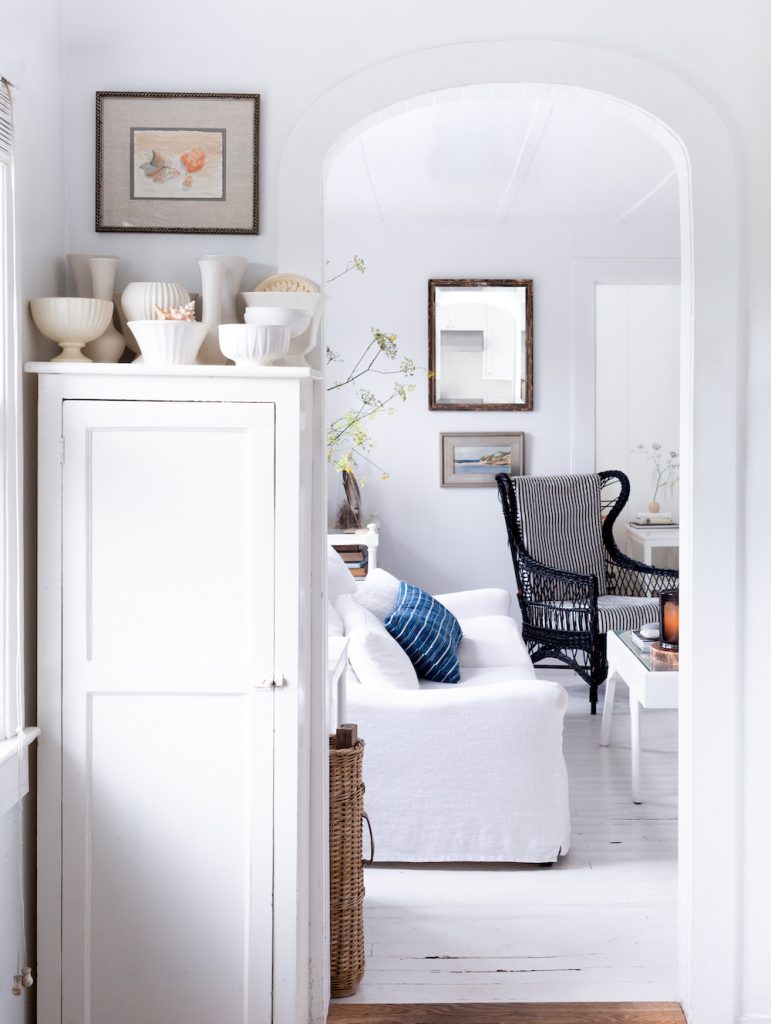 Image of Alex Bates' Fire Island Cottage by Marta Sochilt Perez
Image of Alex Bates' Fire Island Cottage by Marta Sochilt Perez
#9: Coastal Cottage
Inspired by the ocean, Coastal Cottage style combines the rustic comfort of California with marine ornaments and colors. Bright white is often the base, accented with driftwood, seashells, natural prints, and rope decorations. A huge plush sofa in light shades of linen anchors the room. The emphasis is on comfort and ventilation.
Key features of Coastal Cottage's design include:
Luxury linen sofa with sweet white paint, navy and sky blue accents, and decorative items of rope, driftwood, and seashells
